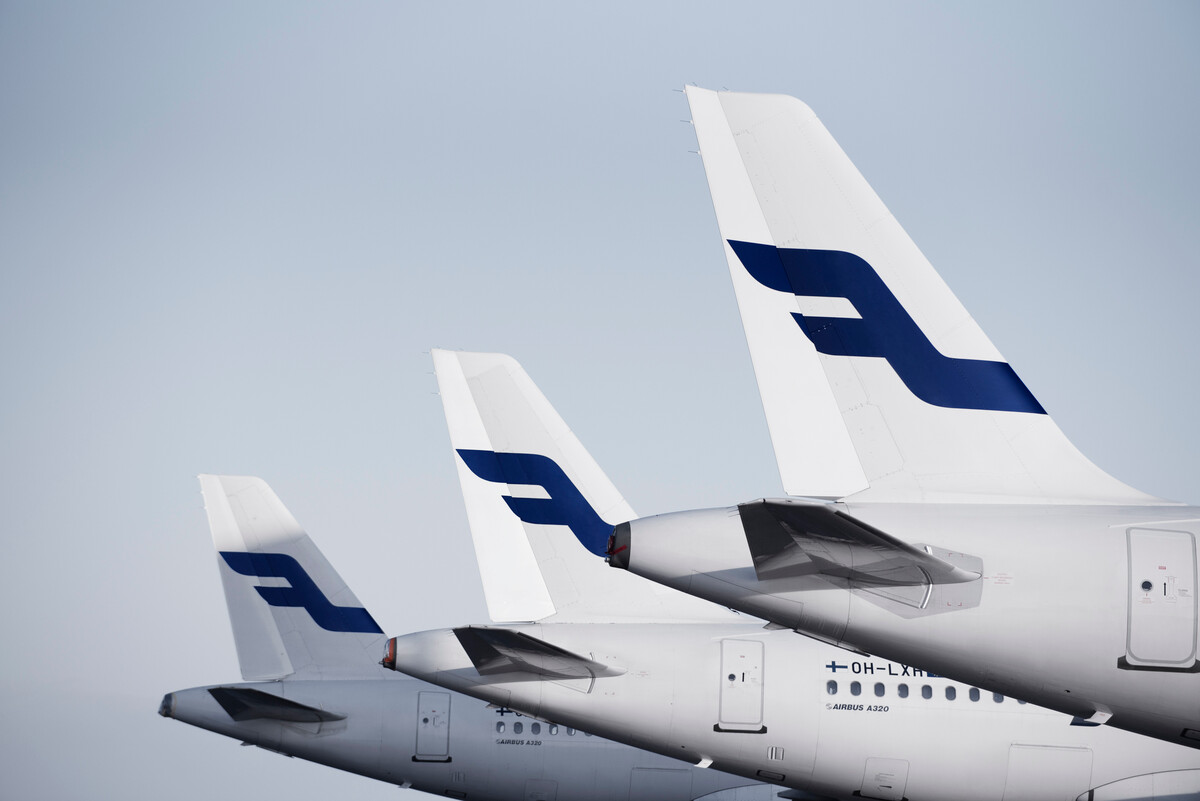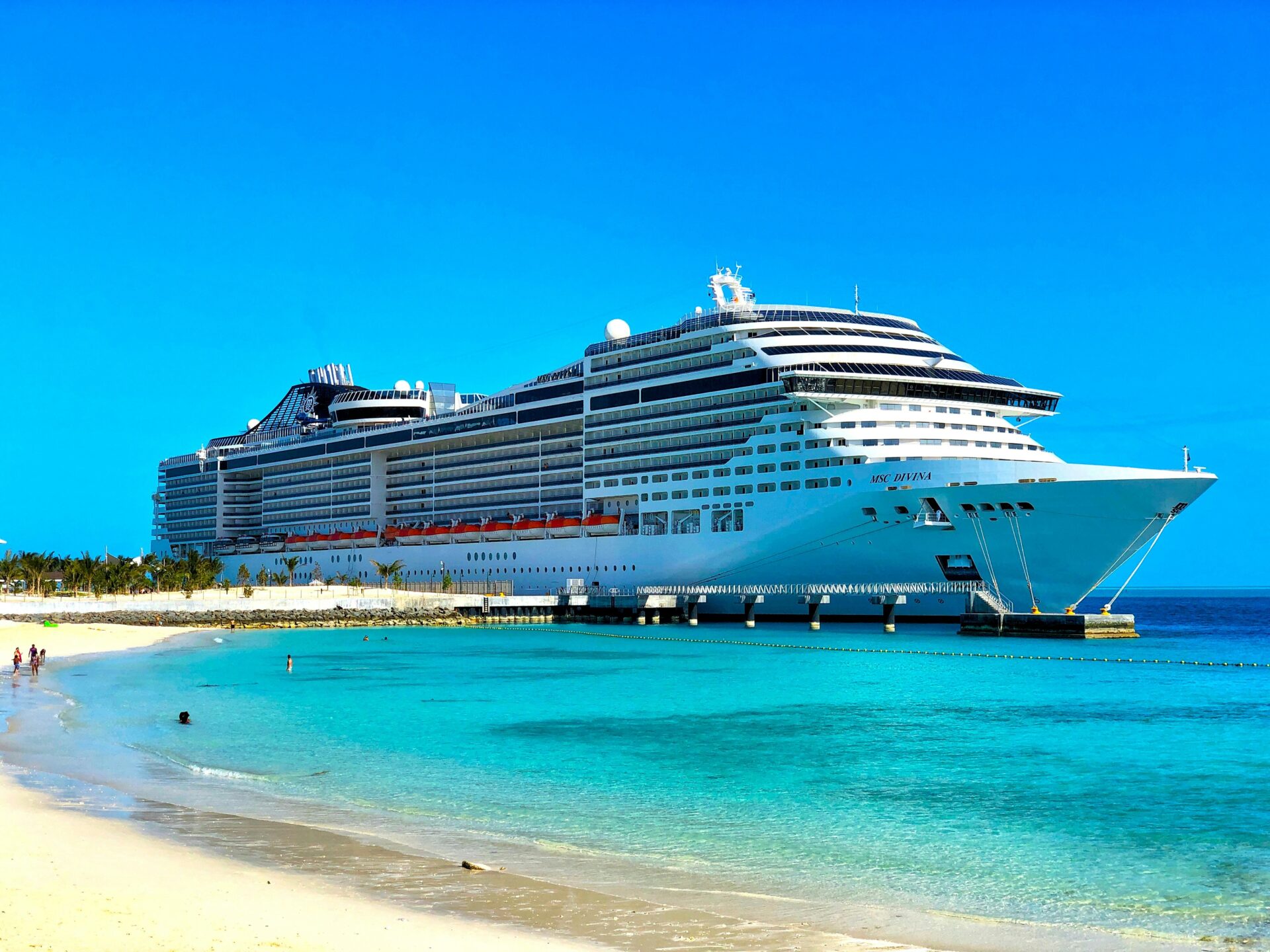At a recent roundtable briefing in London, Finnair’s newly appointed CEO, Turkka Kuusisto, shared what the future holds for the airline. As a long-time admirer of Finnair, the host attended the event and was eager to learn about the company’s plans, especially in light of ongoing challenges such as the closure of Russian airspace.
The top of the Gherkin in London served as the backdrop to the discussion, during which Kuusisto discussed his plans for Finnair. The grandeur of the setting was a fitting metaphor for the airline’s vision to soar higher and tackle the challenges brought upon by times. Despite some previous negative experiences, the host remains a fan of Finnair, especially fond of their new business class seats now installed on all long haul aircraft.
First on the agenda was Finnair’s service to the UK. The gathering began with narration about the airline’s original London route – a 44-seater aircraft that went from Helsinki to London, with stops in Dusseldorf and Copenhagen. A glance into the past made everyone realize the immense progress made over time. Today, Finnair operates two A350s per day as well as four narrow-body aircraft on its largest route in terms of seat numbers.
The company plans to increase flights to London from the 27th of October onwards, with up to 6 flights a day as well as increasing flights to Manchester and Edinburgh. At the meeting, it was also announced that the E190s used on the Manchester and Edinburgh routes will undergo refurbishment immediately, scheduled to be half-completed by Spring 2025.
Finnair is currently discussing the replacement of their A319/320s, which are around 20 years old. No decisions have been made in this regard. Kuusisto comes from a lineage of aviation – his father a Finnair pilot. The news of his son’s appointment as the CEO has certainly brought joy to the family, solidifying their lineage in aviation.
Further topics of discussion included the Russian airspace closure resulting from the ongoing conflict in Ukraine. The standoff affected Finnair’s Far East flights, requiring additional planning due to the increased flight time. Initially, the airline used to operate 40 flights per week to Japan and 35 to China. While the numbers have marginally scaled back, Finnair still considers Helsinki an essential hub for Asia, particularly Japan.
The extension of the flight path led to the A330s being unable to reach most Asian destinations. Consequently, Finnair had to consider new routes in North America and Europe and leased out some aircraft to Qantas and Qatar. Yet, Finnair, due to its corporate restructuring and multiple cost-competitiveness initiatives, had its second most profitable year in 2023.
The roundtable discussion also revealed new customer and data-focused strategies. Of particular interest are two new roles created within the senior management team – Mr. Simon Large heading the Customer Experience, Loyalty, and Marketing unit, and another member focusing on operations. The newly created roles will examine the airline’s overall experience and track customer sentiment to alleviate potential friction points along the customer journey.
Finally, the conversation shifted towards changes in pricing and demand in the post-Covid era. The CEO noted that prior to Covid, only 25% of sales were direct to consumers in 2019, which has now shifted to 60%. They expect business travel to remain 25-30% below pre-Covid levels in the near future. However, long-haul business travel demand is picking up.
Overall, 2023 brought in 25% higher yield than 2019 due to capacity constraints. But as the demand tapers, fares should start to drop, which is great news for customers. Finnair continues to see a 9.5% YoY increase in passenger volumes. While sustainability was discussed, the challenges in sourcing reliable and cost-effective sustainable aviation fuel (SAF) persist, with customers unwilling to pay higher fares for green initiatives.




